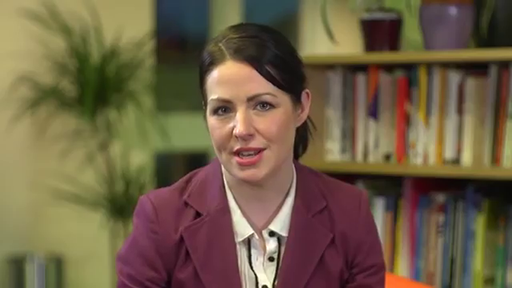9.1 Lewin’s change management model
Lewin’s three-stage model of change, first mentioned in 1947, assumes a linear approach to change and likens it to changing an ice cube into a different shape through unfreezing, changing and refreezing:
- Unfreezing: a stage within which those involved come to recognise the need for something to change; it involves examining the status quo, increasing the drivers for change and decreasing the resistance to change;
- Change: a stage during which new ideas are tested and new ways of working emerge; and
- Refreezing: a stage within which new behaviours, skills and attitudes are stabilised and commitment to change is achieved.
Despite criticism for being linear, somewhat simplistic and assuming ‘organizations operate in a stable state; was only suitable for small-scale change projects; ignored organizational power and politics; and was top-down and management-driven’ (Burnes, 2004), this model is still valid, especially when considering incremental changes.
Activity 12 How could you use Lewin’s change management model?
To learn more about the model, read the article ‘Lewin’s change management model [Tip: hold Ctrl and click a link to open it in a new tab. (Hide tip)] ’ (Mind Tools Content Team, 2022) and watch the short video taken from the article below.

Transcript: Video 7 Lewin's change management model
Now, think about the practical steps you could take to:
- unfreeze change
- ease the change stage
- embed the change into your organisation or your team’s culture.
